Why does St. Peter’s Basilica architecture captivate architects and tourists alike? The grandeur of its Baroque design and its historical significance make it an essential study in architectural history. This article delves into the intricate details that define St. Peter’s Basilica, offering an insightful look at its design, construction, and impact.
Historical Context of St. Peter’s Basilica Architecture
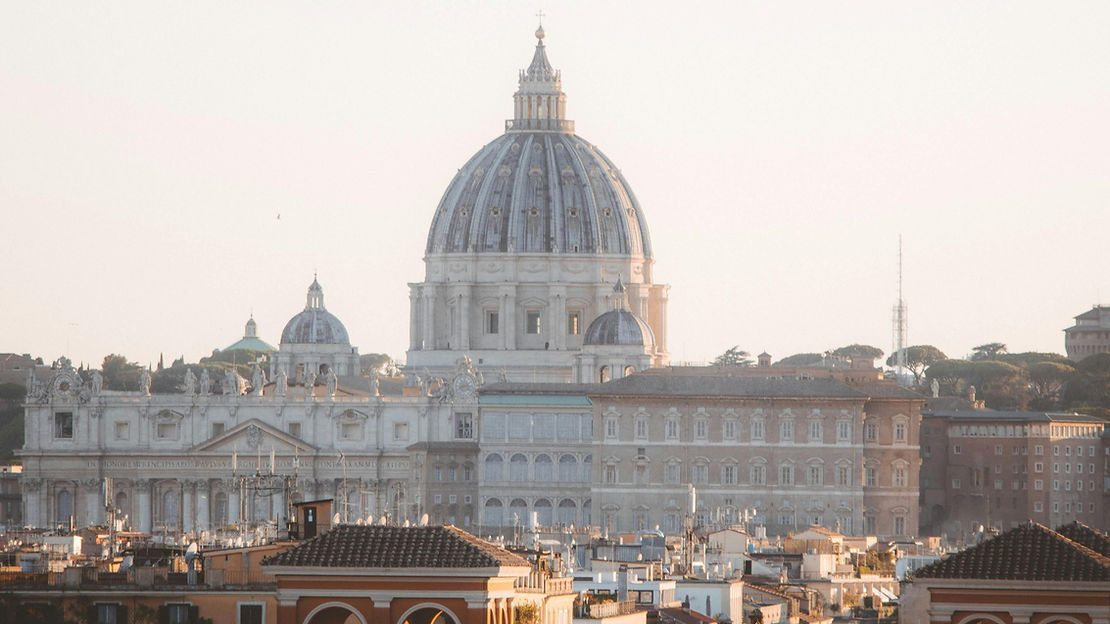
The Vision Behind St. Peter’s Basilica Architecture
St. Peter’s Basilica stands as a testament to the vision of Pope Julius II, who initiated its construction in 1506. The goal was to replace the old St. Peter’s Basilica, built by Emperor Constantine in the 4th century, with a grander structure befitting the importance of the site, believed to be the burial place of Saint Peter, one of Jesus Christ’s apostles. This ambitious vision laid the foundation for what would become an enduring masterpiece of Baroque architecture.
Key Figures in St. Peter’s Basilica Architecture
Several prominent architects and artists, including Bramante, Michelangelo, and Bernini, contributed to the Basilica’s design and construction. Donato Bramante’s initial plans laid the foundation, while Michelangelo took over after Bramante’s death, infusing the project with his artistic genius, particularly seen in the magnificent dome. Gian Lorenzo Bernini later added the grandiose St. Peter’s Square and the Basilica’s iconic baldachin.
Design and Architecture of St. Peter’s Basilica
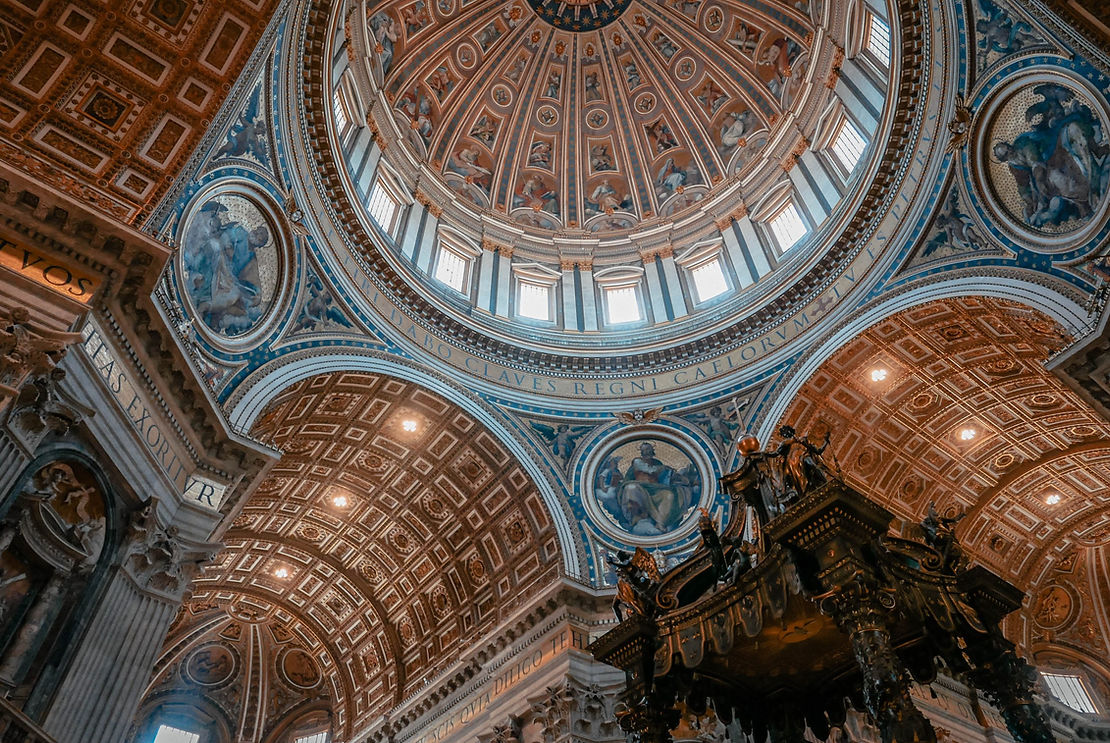
Baroque Elements in St. Peter’s Basilica Architecture
St. Peter’s Basilica epitomizes Baroque architecture with its dramatic use of light and shadow, expansive interior spaces, and elaborate ornamentation. The facade, designed by Carlo Maderno, features grandiose columns and intricate sculptures that draw visitors’ eyes upward, emphasizing the grandeur and verticality typical of Baroque style. These elements are crucial in understanding St. Peter’s Basilica architecture, as they reflect the era’s artistic and cultural values.
Innovations in St. Peter’s Basilica Architecture
One of the key innovations in St. Peter’s Basilica architecture is the use of a centralized Greek cross plan, which was later modified into a Latin cross to create a longer nave. This modification not only enhanced the building’s symbolic significance but also improved its functional aspects, accommodating more pilgrims and processional activities. The architectural ingenuity displayed in these changes highlights the adaptive and forward-thinking nature of the Basilica’s design.
Structural Overview of St. Peter’s Basilica Architecture
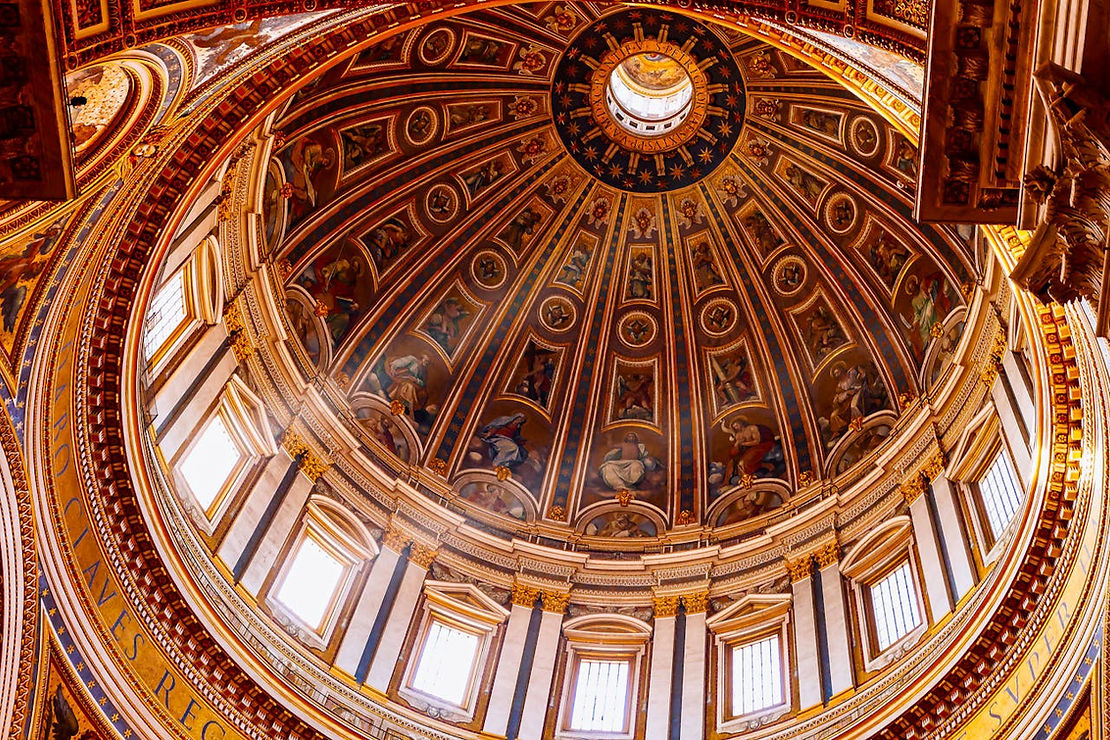
Layout and Dimensions in St. Peter’s Basilica Architecture
St. Peter’s Basilica boasts an impressive layout with a total length of 220 meters and a dome that rises to 136 meters, making it one of the tallest domes in the world. The Basilica’s nave and aisles are meticulously proportioned, creating a harmonious balance between the different sections. The dimensions and layout are essential aspects of St. Peter’s Basilica architecture, showcasing the grand scale and precise engineering that characterize the structure.
Key Architectural Features in St. Peter’s Basilica Architecture
The Basilica’s most striking architectural features include its massive dome, the grand baldachin over the papal altar, and the ornate chapels and altars that adorn its interior. Each feature is meticulously designed to convey a sense of awe and reverence, reflective of its religious significance. The combination of these features highlights the intricacies of St. Peter’s Basilica architecture and the skill of the artists and architects involved in its creation.
Artistic Masterpieces in St. Peter’s Basilica Architecture
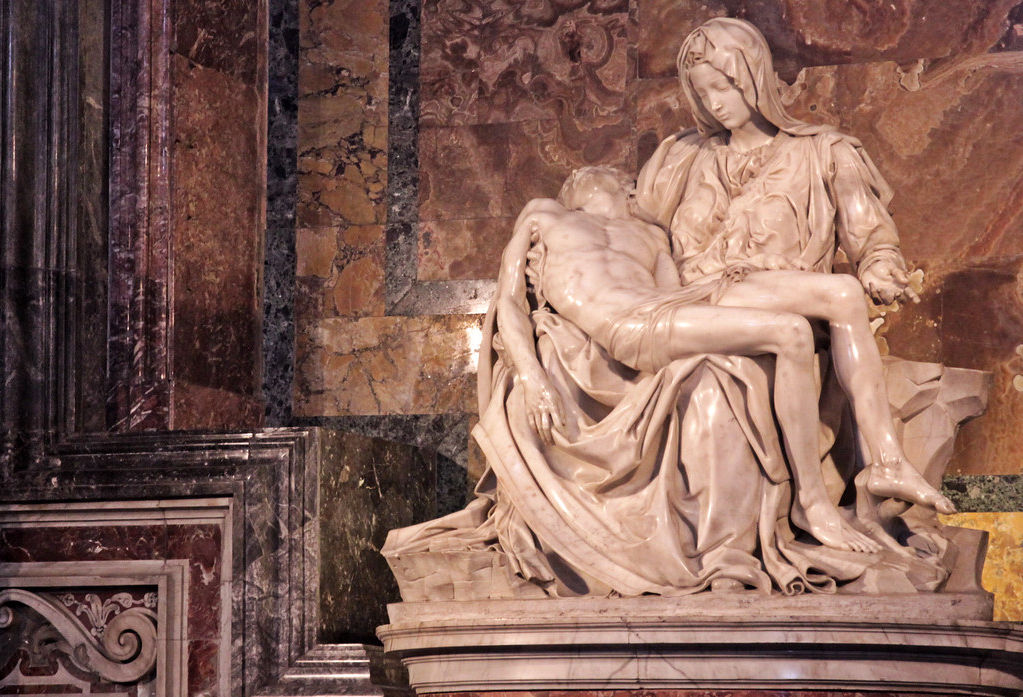
Michelangelo’s Contributions to St. Peter’s Basilica Architecture
Michelangelo’s impact on St. Peter’s Basilica architecture cannot be overstated. His redesign of the dome remains a marvel of engineering and artistic prowess. The dome’s ribbed structure and double shell design were revolutionary, allowing for both immense height and stability. Michelangelo’s work on the Basilica, especially the Pietà (pictured above), showcases his unparalleled ability to blend architectural innovation with artistic beauty.
The Dome: A Marvel of St. Peter’s Basilica Architecture
The dome of St. Peter’s Basilica, completed by Giacomo della Porta based on Michelangelo’s designs, is an architectural and engineering masterpiece. Its size and structural integrity are remarkable, with a span of 42 meters and intricate mosaics that add to its visual splendor. This dome is a pinnacle of St. Peter’s Basilica architecture, exemplifying the blend of form and function that defines Baroque design.
The Pietà and Other Significant Artworks in St. Peter’s Basilica Architecture
Michelangelo’s Pietà (pictured above), located in the first chapel on the right as you enter the Basilica, is one of the most renowned sculptures in the world. This piece, along with other significant artworks such as Bernini’s baldachin and the Cathedra Petri, are integral components of St. Peter’s Basilica architecture. These masterpieces not only enhance the aesthetic appeal of the Basilica but also underscore its role as a center of religious and cultural significance.
Construction Challenges in St. Peter’s Basilica Architecture
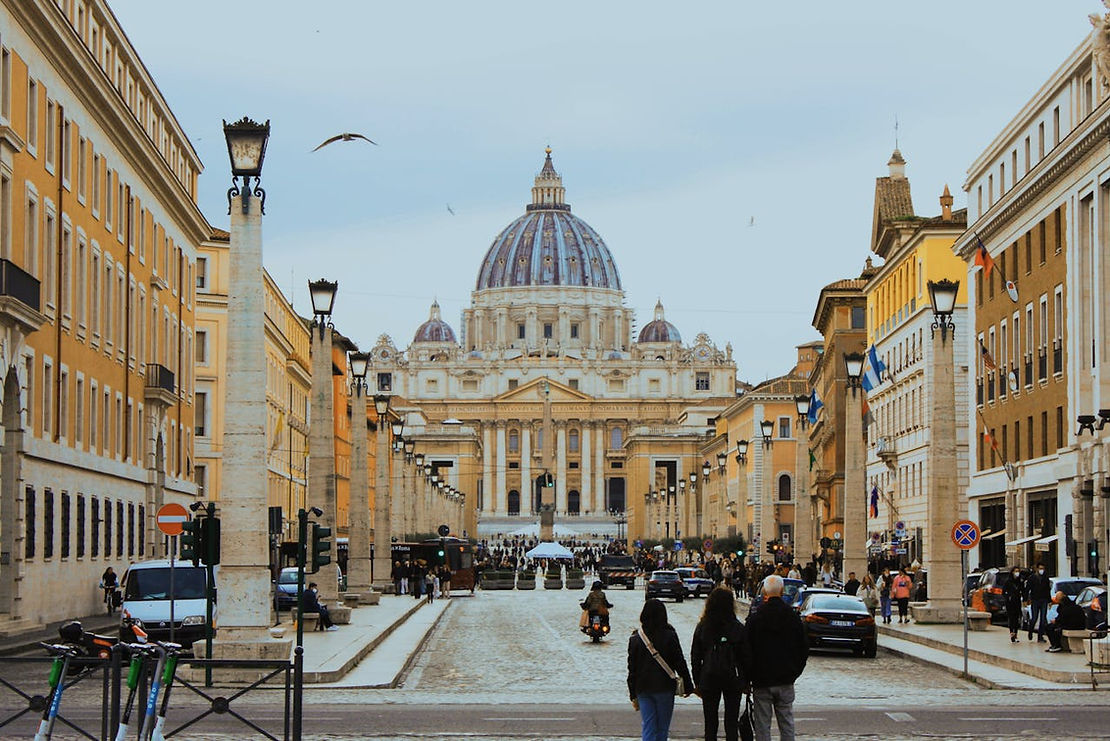
Financial and Political Obstacles in St. Peter’s Basilica Architecture
The construction of St. Peter’s Basilica faced numerous financial and political challenges that significantly impacted the project. Funding such a grandiose structure required immense resources, leading to the controversial sale of indulgences. This practice, meant to raise money for the Basilica, became a major point of contention and ultimately sparked the Protestant Reformation. The financial hurdles were a major aspect of the challenges in St. Peter’s Basilica architecture, affecting both the pace and scope of construction. Despite these obstacles, the vision for a monumental structure dedicated to Saint Peter remained steadfast.
Political challenges also played a role in the construction of St. Peter’s Basilica. The project spanned the reigns of several popes, each bringing their own priorities and influence to the table. Changes in leadership often led to shifts in design and direction, requiring adjustments and compromises. Navigating these political waters was a crucial part of overcoming the challenges in St. Peter’s Basilica architecture, ensuring that the project continued to progress towards completion.
Engineering Difficulties and Solutions in St. Peter’s Basilica Architecture
The engineering challenges involved in constructing St. Peter’s Basilica were equally daunting. One of the most significant hurdles was the construction of the massive dome, a feat of engineering that required innovative solutions. Michelangelo’s design for the dome featured a double-shell structure, providing both the height and stability necessary for such a large span. This design was revolutionary at the time and remains a testament to the ingenuity and skill of Renaissance architects.
Another significant challenge was the foundation of the Basilica itself. Built on the site of the old St. Peter’s Basilica, the new structure required a stable and robust foundation to support its immense weight. Engineers and architects had to devise methods to reinforce the ground and ensure the longevity of the building. These solutions highlight the ingenuity and resilience involved in overcoming the challenges of St. Peter’s Basilica architecture.
Additionally, the coordination of various artistic and architectural elements posed its own set of challenges. Integrating the work of multiple architects and artists, each with their own styles and visions, required careful planning and execution. The resulting harmony of St. Peter’s Basilica architecture is a testament to the successful collaboration among these brilliant minds.
Cultural and Religious Significance of St. Peter’s Basilica Architecture
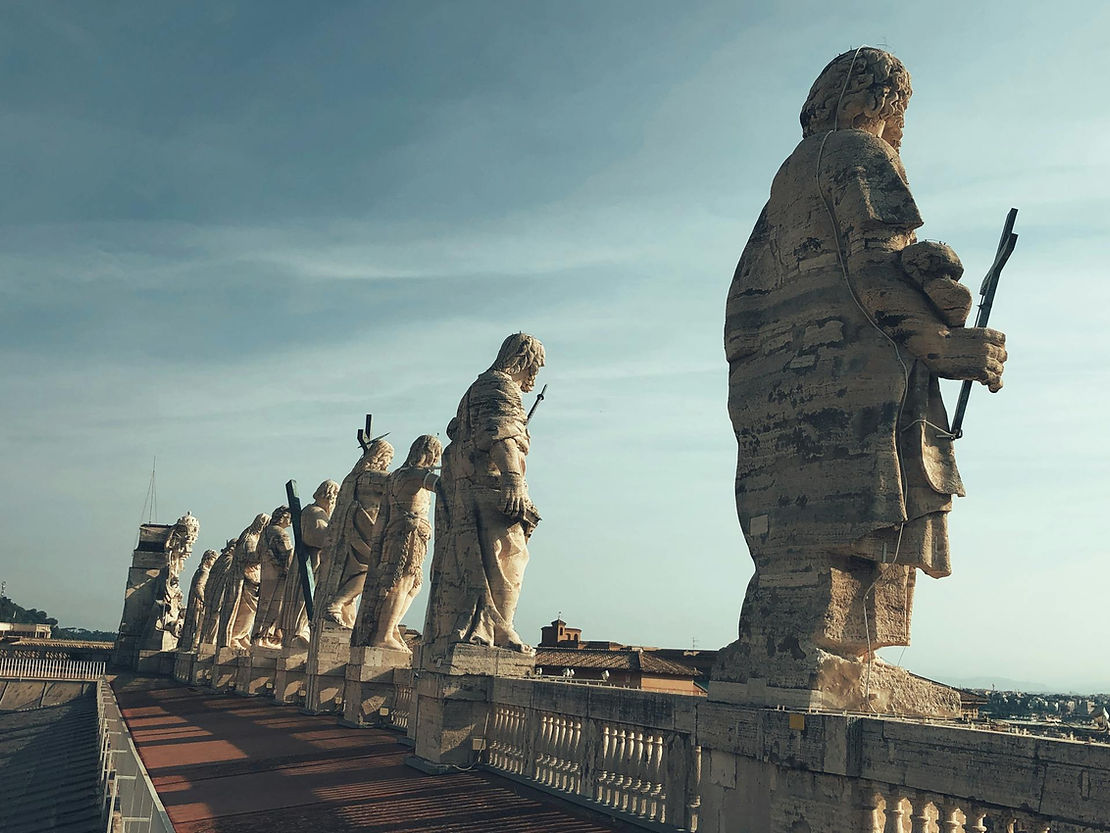
The Role of St. Peter’s Basilica Architecture in Catholicism
St. Peter’s Basilica is not just an architectural marvel; it is also a central symbol of the Catholic Church. St. Peter’s Basilica architecture plays a crucial role in its significance, serving as the principal church of the Pope and a major pilgrimage site. The grand design and intricate details of the Basilica reflect its importance in Catholicism, drawing millions of visitors annually who come to venerate Saint Peter and experience its spiritual atmosphere. The Basilica’s architecture, with its vast spaces and majestic elements, is designed to inspire awe and reverence, emphasising the glory and power of God.
The architecture of St. Peter’s Basilica also symbolises the unity and universality of the Catholic Church. The grandeur of the building, with its harmonious proportions and elaborate decorations, represents the Church’s spiritual and temporal power. The architectural elements, such as the massive dome and the intricate facade, convey a sense of permanence and stability, reinforcing the Church’s enduring presence in the world.
Major Events Hosted at St. Peter’s Basilica Architecture
Over the centuries, St. Peter’s Basilica has hosted numerous significant events, including papal coronations, canonizations, and jubilees. These events highlight the ongoing importance of St. Peter’s Basilica architecture as a center of Catholic worship and global religious significance. The architectural grandeur of the Basilica provides a fitting backdrop for these monumental occasions, underscoring its status as a beacon of faith and tradition.
For example, the canonization ceremonies held at St. Peter’s Basilica are among the most significant events in the Catholic Church. The Basilica’s architecture, with its vast nave and grand altars, creates an impressive setting for these ceremonies, enhancing their solemnity and grandeur. Similarly, papal liturgies and jubilees, which attract thousands of pilgrims and dignitaries from around the world, are imbued with a sense of majesty and sanctity, thanks to the Basilica’s magnificent architecture.
In addition to its religious functions, St. Peter’s Basilica architecture also serves as a cultural symbol. It is a masterpiece of Renaissance and Baroque art, showcasing the genius of artists like Michelangelo, Bernini, and Bramante. The Basilica’s artistic and architectural heritage attracts art historians, architects, and tourists, who come to admire its beauty and learn about its history.
Visitor Experience of St. Peter’s Basilica Architecture
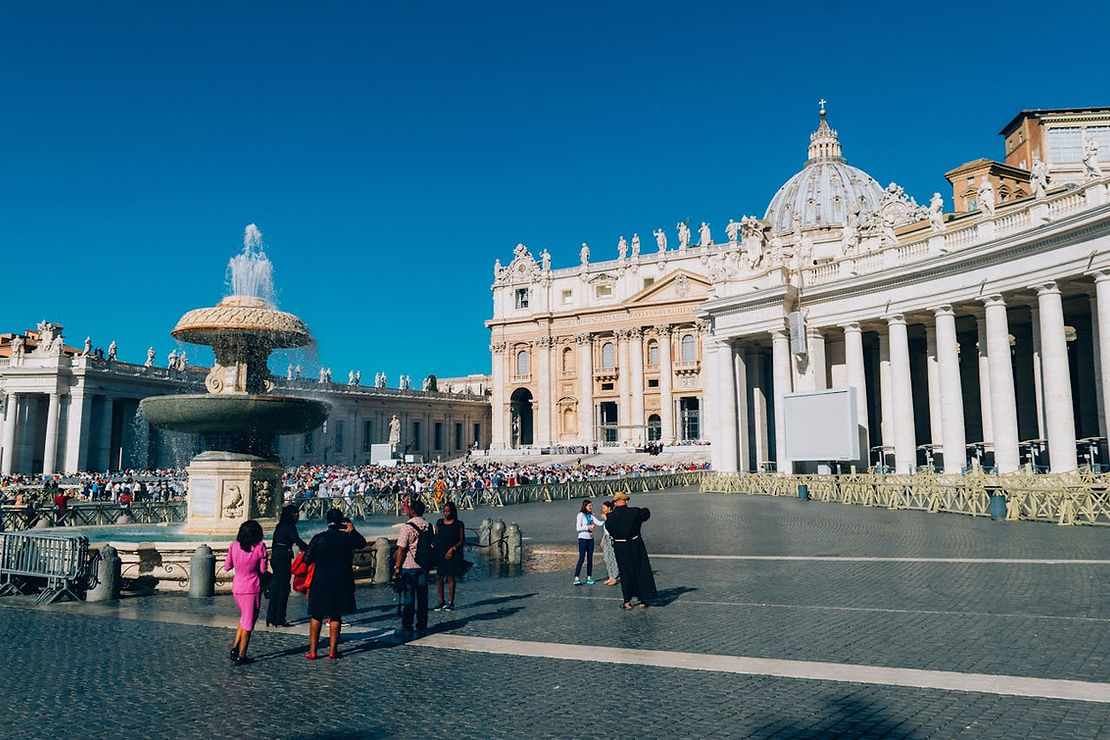
What to Expect When Visiting St. Peter’s Basilica Architecture
Visitors to St. Peter’s Basilica can expect an awe-inspiring experience. The sheer scale of the interior, the richness of its artistic decorations, and the sense of history that pervades the space make it a must-visit destination for anyone interested in art, history, or religion. Upon entering, visitors are immediately struck by the vast nave, the soaring dome, and the intricate details of the altars and chapels. The architecture of St. Peter’s Basilica is designed to evoke a sense of reverence and wonder, reflecting its spiritual significance.
One of the highlights of visiting St. Peter’s Basilica is the opportunity to climb to the top of the dome. This ascent provides a close-up view of Michelangelo’s architectural masterpiece and offers panoramic views of Vatican City and Rome. The climb, while physically demanding, is rewarded with breathtaking vistas and a deeper appreciation of the engineering marvel that is the dome.
Guided Tours and Notable Spots in St. Peter’s Basilica Architecture
Guided tours offer in-depth insights into St. Peter’s Basilica architecture, its history, and its artistic treasures. These tours often include access to areas that are not typically open to the general public, such as the Vatican Grottoes, where many popes are buried, and the Necropolis, believed to be the burial site of Saint Peter himself. Expert guides provide detailed explanations of the architectural features, the historical context, and the significance of the artworks, enhancing the visitor experience.
Notable spots within the Basilica include Michelangelo’s Pietà, one of the most famous sculptures in the world, and Bernini’s baldachin, the grand bronze canopy over the papal altar. Visitors can also admire the Cathedra Petri, a symbolic throne representing the authority of the Pope, and the numerous chapels adorned with stunning frescoes and mosaics. Each of these elements contributes to the overall splendor of St. Peter’s Basilica architecture, making a visit to the Basilica a richly rewarding experience.
Preservation and Restoration Efforts in St. Peter’s Basilica Architecture
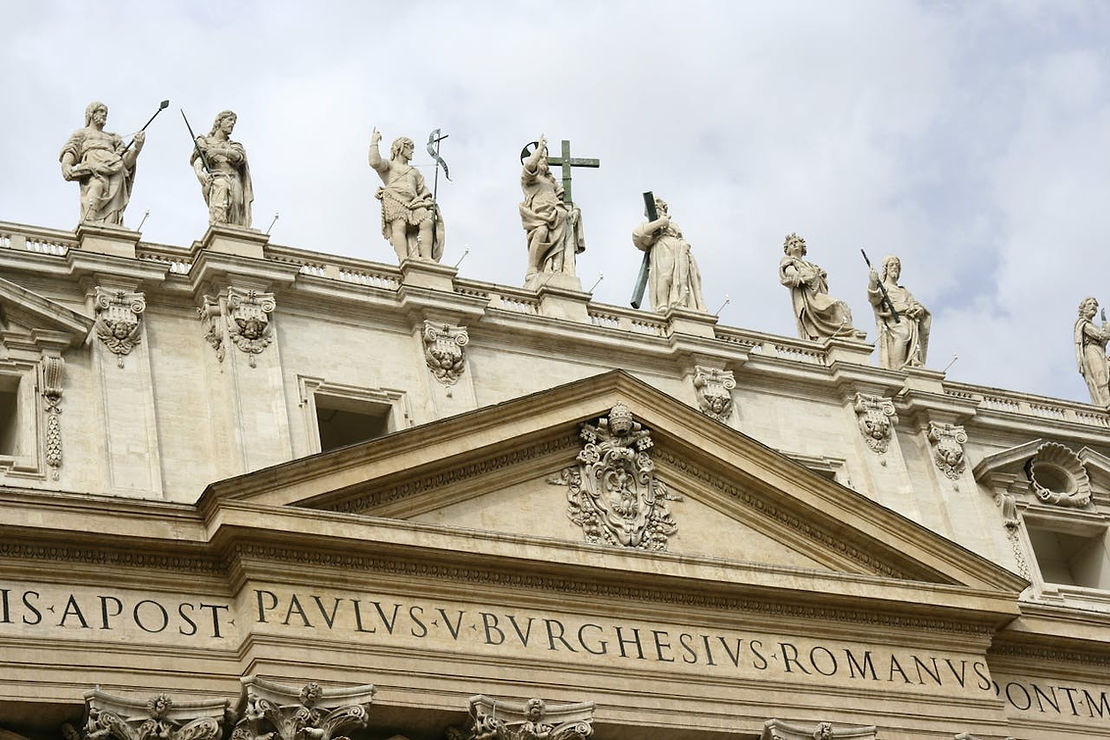
Ongoing Preservation Work in St. Peter’s Basilica Architecture
Preserving St. Peter’s Basilica architecture is an ongoing effort that requires meticulous care and significant resources. The Basilica, with its intricate details and expansive structure, is subject to the wear and tear of time, pollution, and the sheer volume of visitors. To maintain its structural integrity and aesthetic splendor, continuous preservation work is essential. Conservationists and restoration experts regularly assess the condition of the building, implementing strategies to address issues such as erosion, structural weaknesses, and the degradation of artworks.
One of the key aspects of ongoing preservation work is the careful cleaning and restoration of the Basilica’s facade and interior. This process involves removing accumulated grime and pollutants that can obscure and damage the intricate carvings and sculptures that define St. Peter’s Basilica architecture. Additionally, efforts are made to preserve the vibrant mosaics and frescoes that adorn the Basilica’s walls, ensuring that these masterpieces remain vivid and intact for future generations to admire.
Notable Restoration Projects in St. Peter’s Basilica Architecture
Several notable restoration projects have been undertaken to preserve and enhance St. Peter’s Basilica architecture. One of the most significant projects in recent years focused on the Basilica’s iconic dome. This extensive restoration effort involved reinforcing the structural supports, cleaning the exterior surfaces, and restoring the intricate mosaics that decorate the dome’s interior. This project not only ensured the stability of the dome but also revitalized its visual impact, highlighting Michelangelo’s architectural genius.
Another major restoration project addressed the Basilica’s facade, which had suffered from centuries of exposure to the elements. The restoration work included cleaning the stone surfaces, repairing damaged sculptures, and stabilizing the structural components. This project was crucial in preserving the grand entrance of St. Peter’s Basilica architecture, maintaining its welcoming and awe-inspiring appearance.
Impact of St. Peter’s Basilica Architecture on Modern Architecture
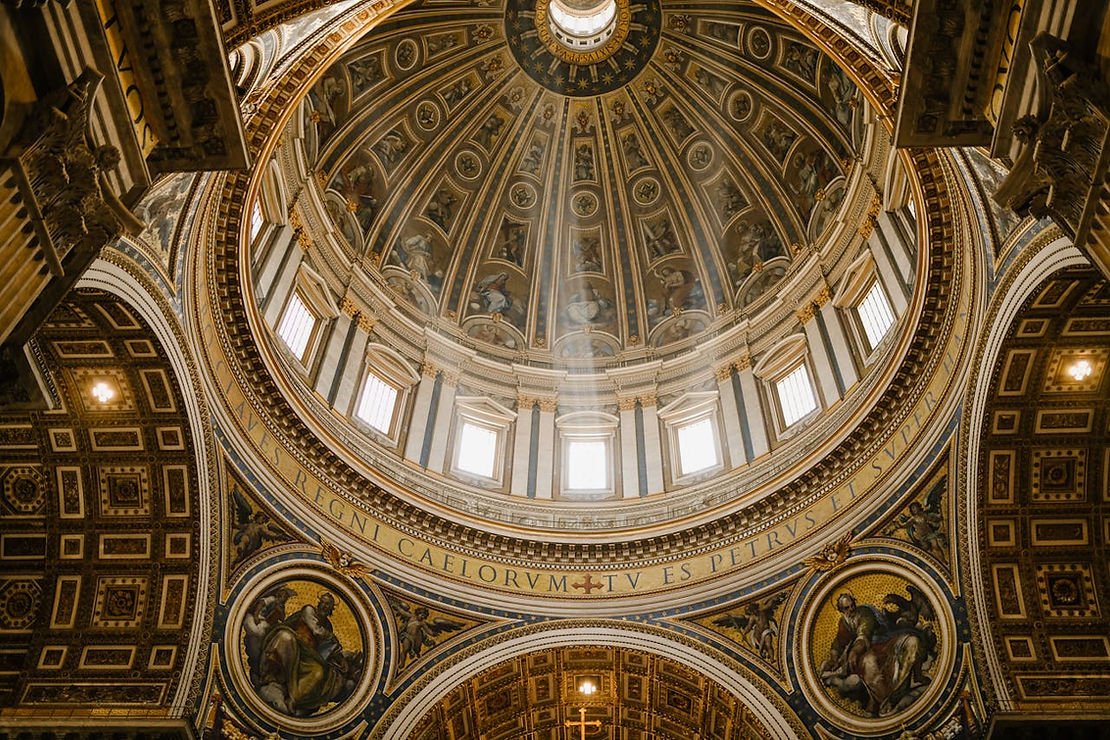
Influences of St. Peter’s Basilica Architecture on Contemporary Design
The design principles and innovations of St. Peter’s Basilica architecture have had a lasting impact on modern architecture. Architects and designers around the world continue to draw inspiration from its use of light, space, and ornamental detail. The Basilica’s grand scale and harmonious proportions serve as benchmarks for monumental structures, influencing the design of contemporary churches, civic buildings, and even commercial spaces.
One of the key aspects of St. Peter’s Basilica architecture that has influenced modern design is its masterful use of light. The strategic placement of windows, the play of light and shadow, and the integration of natural and artificial light sources create a dynamic and spiritually uplifting atmosphere. Modern architects often emulate these techniques to enhance the aesthetic and functional aspects of their buildings, creating spaces that are both visually stunning and deeply engaging.
Learning from St. Peter’s Basilica Architecture
Studying St. Peter’s Basilica architecture offers valuable lessons in architectural excellence, engineering innovation, and the integration of art and structure. The Basilica’s successful combination of functionality and aesthetic grandeur serves as a model for architectural projects worldwide. Its innovative use of materials, structural solutions, and artistic elements demonstrates the importance of creativity and collaboration in achieving architectural mastery.
The structural innovations seen in St. Peter’s Basilica architecture, such as the double-shell dome and the reinforced foundations, continue to inform contemporary engineering practices. These techniques have been adapted and refined for use in modern construction, showcasing the enduring relevance of the Basilica’s architectural solutions. The emphasis on durability and longevity in St. Peter’s Basilica architecture is particularly pertinent in today’s context, where sustainable and resilient design is increasingly prioritized.
Furthermore, the integration of art and architecture in St. Peter’s Basilica provides a compelling example of how aesthetic and functional elements can coexist harmoniously. The Basilica’s rich artistic heritage, featuring works by Michelangelo, Bernini, and other masters, enhances its architectural splendor and spiritual significance. This holistic approach to design, where architecture and art are intertwined, continues to inspire modern architects to create buildings that are not only functional but also culturally and aesthetically enriching.
Conclusion: The Enduring Legacy of St. Peter’s Basilica Architecture
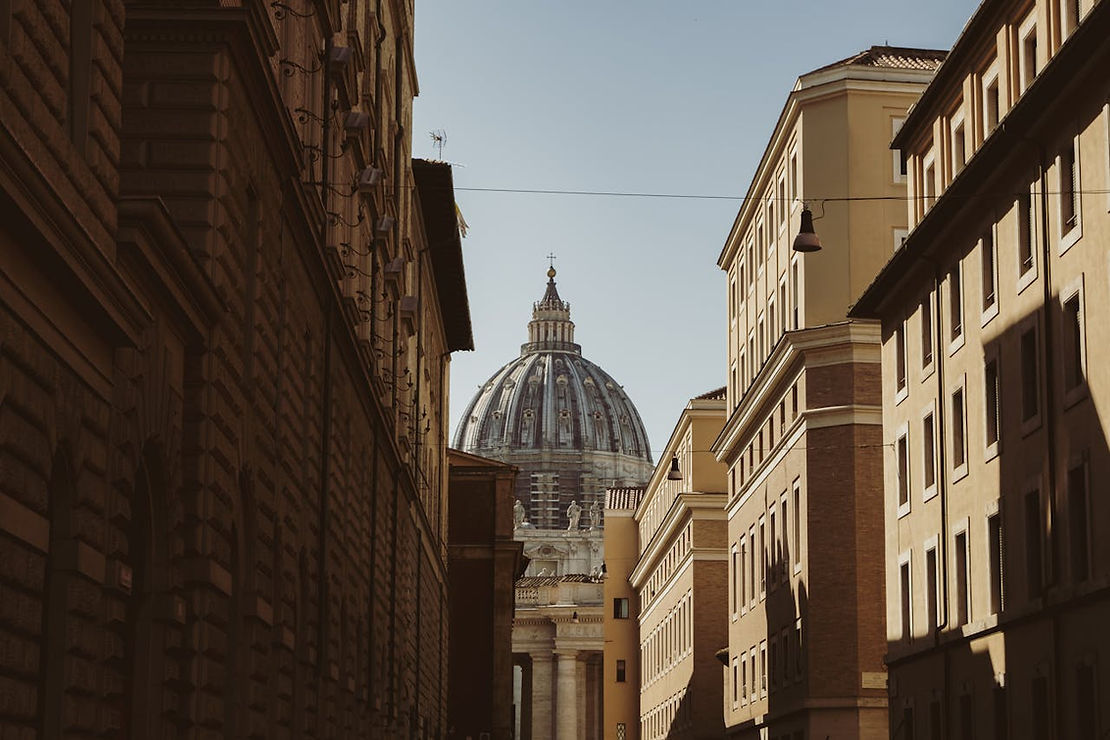
Why St. Peter’s Basilica Architecture Remains a Masterpiece
Why does St. Peter’s Basilica architecture remain a masterpiece? Its blend of architectural innovation, artistic brilliance, and historical significance make it a timeless symbol of Baroque grandeur. The meticulous design, from the awe-inspiring dome to the intricate details of the interior, showcases the pinnacle of Renaissance and Baroque art and engineering. This architectural marvel continues to inspire and captivate, standing as a testament to human creativity and devotion.
St. Peter’s Basilica architecture embodies the profound connection between form and function, art and structure. The architectural elements are not only visually stunning but also serve to enhance the spiritual experience of visitors, reflecting the Basilica’s role as a center of worship and pilgrimage. This harmonious integration of beauty and purpose is a hallmark of great architecture and a key reason why St. Peter’s Basilica remains an enduring icon.
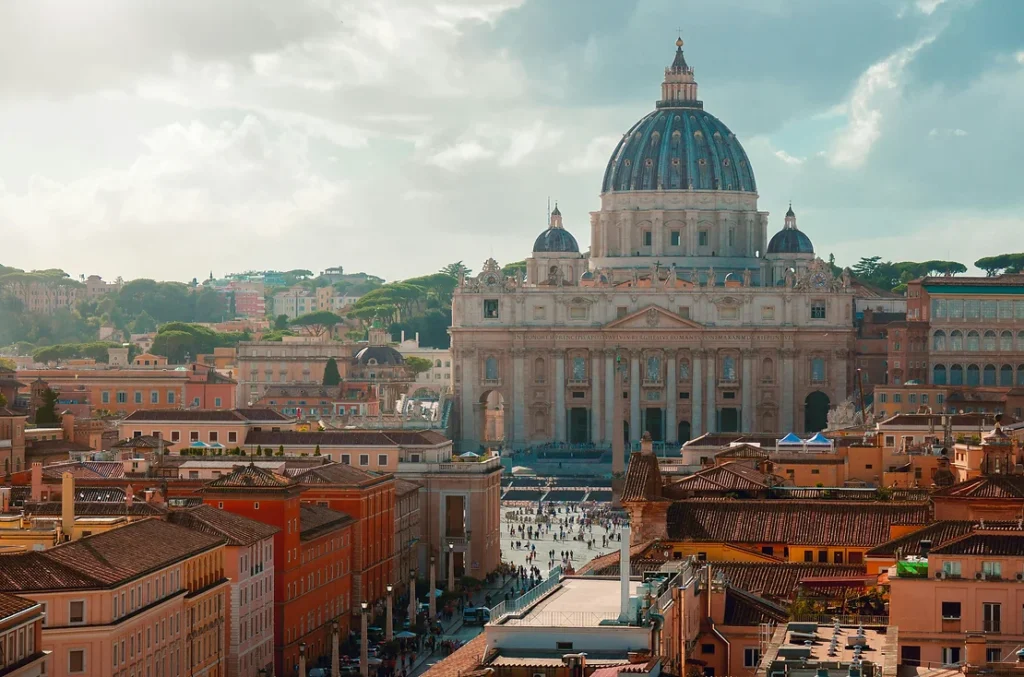
Recent Posts
15 Floor Plan Graphic Styles That Will Elevate Your Presentation Game
The Role of Shadows in Architectural Storytelling
When Furniture Becomes Architecture: Blurring the Line